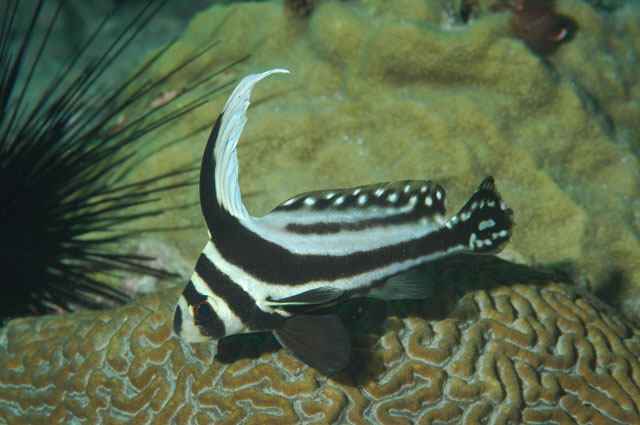My day today started at 2:45 a.m. I have to admit that the first couple of minutes of getting up were challenging but the excitement kept my eyes open. By 4 a.m. the music was blaring and everyone was at their stations.
The basic process of boxing up the fish goes as follows: We have four people to re-catch all of the fish out of their tanks bucket by bucket.

Depending on the size of the fish those people then scream down to the two box people who prepare a box with a Styrofoam container and all right sized bags for the fish. The box and bags then head to the water pourer who allocates the perfect amount of water in each bag before the fish get placed in. When the box has all of its fish it is handed over to the bagging table where two people fill up the rest of the bag with pure oxygen and seal it with a special rubber band.

Then the fish are identified and one person writes it all down, puts a number on the box, and brings it to the packers. These two people box up the Styrofoam containers and attach an appropriate label. Lastly, there is one person who records all of the boxed animals and sends an email letting the aquarists in Boston know what to expect.
We worked for several hours, the sun came up, and then we worked several more hours. At around 9 AM we were loading all of the boxes from the boat onto our rented box truck. Sherrie, Pete and I drove all 46 boxes to an airline loading dock and lifted them one more time onto a shipping pallet.

Happily, we waved goodbye to the fish and wished them luck on their 1:50 p.m. flight to Boston. The stress rolled off our shoulders as we drove back to the boat, laughing the whole way about all the funny experiences of the trip. Back at the boat we exchanged high fives, hand shakes and hugs with rest of the team. Now that the participants have left, the staff will spend the next couple of days breaking down the boat before returning home to Boston. But before all that comes a nice, long nap!
One more thing I would like to say before falling asleep for an undetermined length of time. Even though I had a thorough explanation beforehand of what to expect on this trip I had no idea what an incredible experience this would be. I suppose it is hard not to have an amazing time when you are stuck on an 80-foot boat for 10 days with fifteen adventure-loving people who are all there to support the aquarium. We were all fortunate to experience the exhilaration of catching a fish knowing that thousands of people will be able look at with wonder. Beyond that we all renewed our love and appreciation for the three-dimensional world of marine science.

If you are interested in future trips please contact Sherrie Floyd at
sfloyd@neaq.org or Sarah Taylor at
staylor@neaq.org.
-Megan Moore



 subscribe
subscribe















